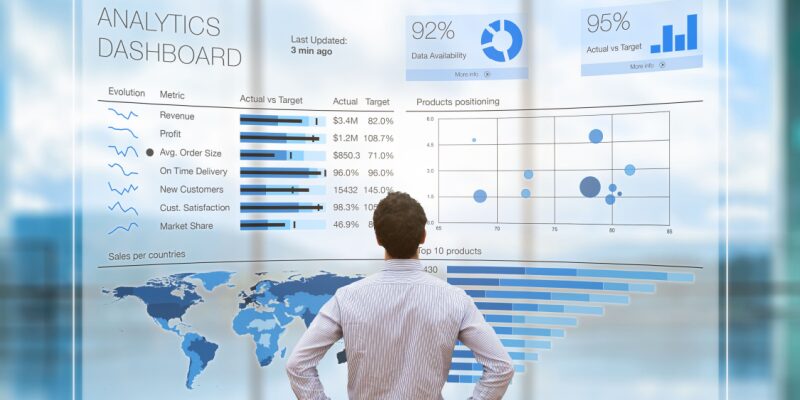- Start with a data strategy. Before you start collecting data, it's important to have a clear understanding of what you want to achieve. What are your business goals? What data do you need to achieve those goals? Once you have a data strategy, you can start collecting the right data and using it to make informed decisions.
- Clean and organize your data. Before you can analyze your data, you need to make sure it's clean and organized. This means removing any errors or inconsistencies in your data. You also need to organize your data in a way that makes it easy to analyze.
- Use the right tools. There are a variety of tools available to help you collect, analyze, and visualize data. The right tools will depend on the size and complexity of your business, as well as the type of data you're collecting.
- Involve the right people. Data analysis is not something that should be done in isolation. You need to involve the right people in the process, including your team members, stakeholders, and customers. This will help ensure that you're using the data to make decisions that are in the best interests of your business.
- Act on your findings. The most important thing is to act on the findings of your data analysis. This means making changes to your business processes, products, or services based on what you've learned. If you don't act on your findings, you're wasting your time collecting data.
Here are some specific examples of how businesses can use data:
- Marketing: Businesses can use data to target their marketing campaigns more effectively. For example, they can use data to identify their target audience, track the performance of their campaigns, and measure the ROI of their marketing efforts.
- Product development: Businesses can use data to develop new products and services that meet the needs of their customers. For example, they can use data to identify customer pain points, track product usage, and measure customer satisfaction.
- Customer service: Businesses can use data to improve their customer service. For example, they can use data to identify customer support issues, track the performance of their customer service team, and measure customer satisfaction.
- Operational efficiency: Businesses can use data to improve their operational efficiency. For example, they can use data to track inventory levels, optimize supply chains, and improve customer service.
By following these tips, businesses can use data to improve their operations, make better decisions, and gain a competitive edge.






